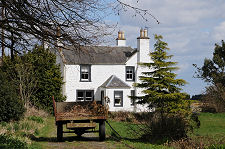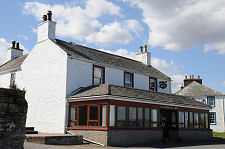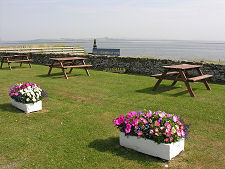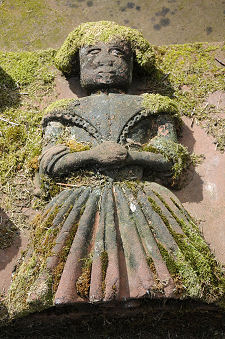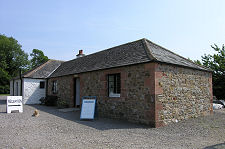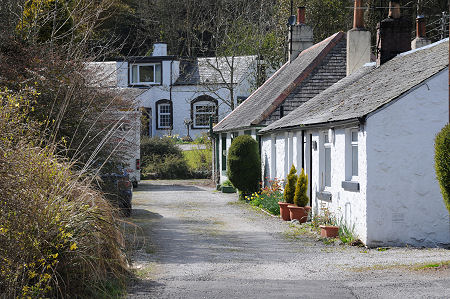 Kirkbean, Looking Towards Kirkbean Glen |
South of Dumfries the coastal plain narrows as it passes the eastern slopes of Criffel, a hill which climbs to a height of 570m or 1,870ft and dominates views of the area from the English Lake District, on the far side of the Solway Firth. As you continue south the countryside begins to open out again, and as it does so travellers on the main A710 encounter the attractive village of Kirkbean.
From the main road you only see a small part of the village, comprising an attractive collection of white cottages. To see the core of Kirkbean you need to look out for a minor road to the east signposted to Carsethorn. This leads you past more beautiful cottages and houses, as well as the village school, the parish church, and the manse, now Woodside House.
Kirkbean developed mainly as an estate village for the Arbigland estate. The current Arbigland House was built just over a mile to the south-east in 1755 by the laird and noted agricultural improver, William Craik of Arbigland.
Many of the village cottages you see today were built in the late 1700s or early 1800s. The parish church dates back to 1776 and is laid out to a T-plan design apparently produced by William Craik. As originally built this had a much smaller tower: the one you see today dates back to additions made in 1836.
The mainly red stone gravestones in the churchyard contain some fascinating early examples, and include some beautiful carvings of women. Most visitors to the churchyard come to see a rather plainer chest tomb on the south side of the church. The extensive upper surface of the tomb carries a short inscription commemorating John Paul senior, who died in Arbigland on 24 October 1767. He was a gardener on the Arbigland estate, and is rather better known as the father of John Paul Jones, who was born at Arbigland in 1747.
John Paul Jones went on to become a successful (if controversial) seaman, the first US naval hero of the American Revolution, and in many eyes the father of the US Navy. Today you can visit the John Paul Jones Museum, housed in the cottage in which he was born at Arbigland.
It is less well known that Kirkbean was also the birthplace of another great naval officer: John Campbell was born here in 1720 before going on to become a Vice-Admiral in the Royal Navy and Governor and Commander-in-Chief of Newfoundland.
The minor road through Kirkbean leads to the coastal village of Carsethorn. Today this is a slightly sleepy settlement mainly comprising a line of cottages facing north-east out over the Solway Firth. The old harbourmaster's house is a little more substantial, but the most obvious, and most visited, building in Carsethorn is the Steamboat Inn.
Visitors to Carsethorn today could be forgiven for overlooking its long, intriguing and at times tragic history. The first recorded settlement was by Vikings, who established a fishing village on the shores of the Solway Firth here a thousand years ago. By the 1500s Carsethorn was operating as an outlying port for Dumfries.
Ships too large to sail further up the River Nith could safely anchor in Carse Bay, and smaller vessels could be pulled up on the sandy shore. For several centuries Carsethorn was a thriving port with trade links to towns on both sides of the Solway Firth, as well as to Ireland, the Isle of Man, and as far afield as Archangel in Russia.
During the late 1700s and early 1800s, Carsethorn also became a major port of embarkation for Scots leaving - voluntarily or otherwise - for a new life in the New World. It is said that in 1850 alone, 10,000 people emigrated through Carsethorn to North America, 7,000 to Australia, and 4,000 to New Zealand. Most of these emigrants would have used the large pier built in 1840 by the Nith Navigation Commission, which was also used for a steam ferry service to Liverpool. Remains of the pier can still be seen at the north end of the village.
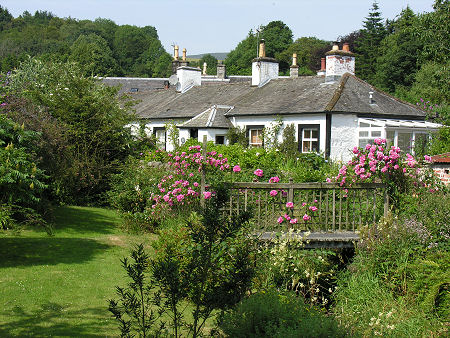 Gardens and Kirkbean Burn |
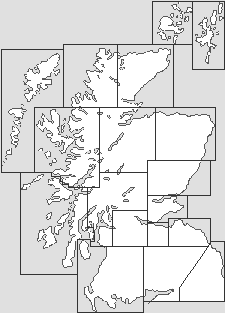
|
|
|
Visitor InformationView Location on MapWhat3Words Location: ///oldest.remit.motive |
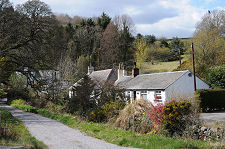 Kirkbean |
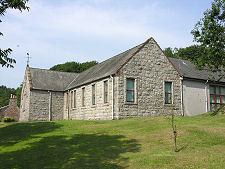 Kirkbean School |
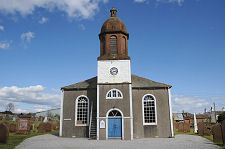 Kirkbean Church |
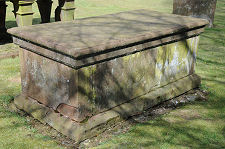 Grave of John Paul Senior |
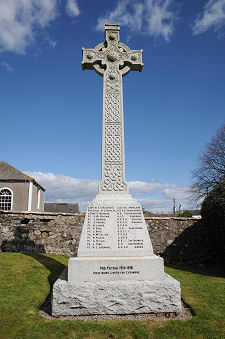 War Memorial |
